Introducing Japan’s Sake Breweries
About KITAGAWAHONKE (Fushimi, Kyoto)
KITAGAWAHONKE is a long-standing sake brewery in Fushimi, Kyoto with over 360 years of sake-brewing history since 1657.
Brewery Newsletter from KITAGAWAHONKE
The traditional sake brewing district
In Fushimi, a region blessed with abundant freshwater sources, we have tempered our skill over the centuries, maintaining a tight-knit relationship with Kyoto’s food culture while striving for the motto “true tradition is continuous innovation”. TOMIO is our representative sake brand that embodies the concept of a “classical Kyoto sake brimming with history”. Its flavour is not flashy, but rather temperate and impossible for one to get tired of.
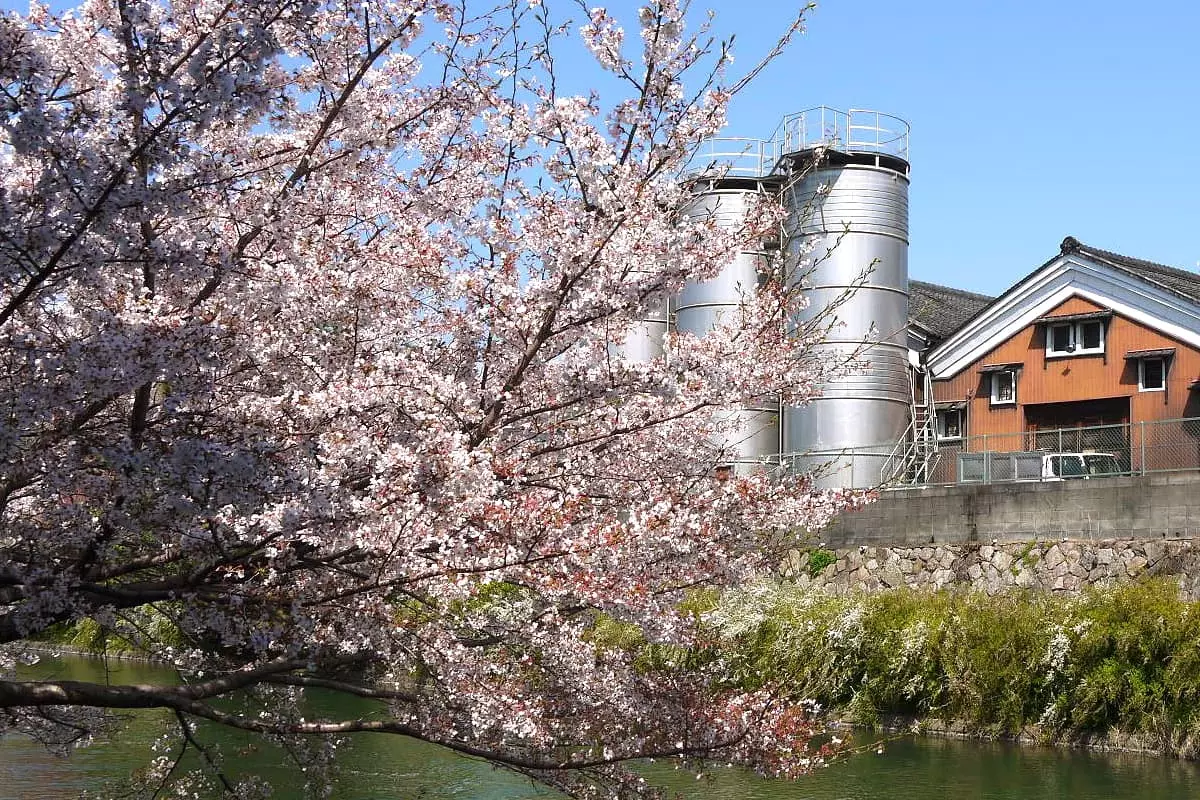
Japanese people use the word “akinai” to describe things that they can never get tired of, no matter how many times they try it. Curiously, this word is a homophone of the Japanese word meaning “business”. As such, the merchants who served Toyotomi Hideyoshi and established the basics of Fushimi town lived by the motto of “akinai equals business”.
As a brewing company operating in Kyoto, a city with more than 1200 years of history, we are working hard to deliver a taste that never gets old (=”akinai“) while promoting the history and culture of the city and its sake.
About Kyoto / Fushimi
In the Heian period, Fushimi was well known as a place of natural scenic beauty. Many nobles and members of the royal family built vacation homes in this region.
When Toyotomi Hideyoshi unified Japan, he noticed that Fushimi was a vital transportation hub. Thus, he built Fushimi Castle and invited Japan’s daimyos, merchants, and craftsmen to come. The castle town quickly expanded to become one of the nation’s largest.
In the Edo period, Fushimi prospered as the gateway of the Yodo river waterway linking Kyoto and Osaka. In the Bakumatsu period, Kyoto played a pivotal role in the birth of modern Japan as the stronghold of Sakamoto Ryoma and the pro-emperor military forces who fought for modernization.
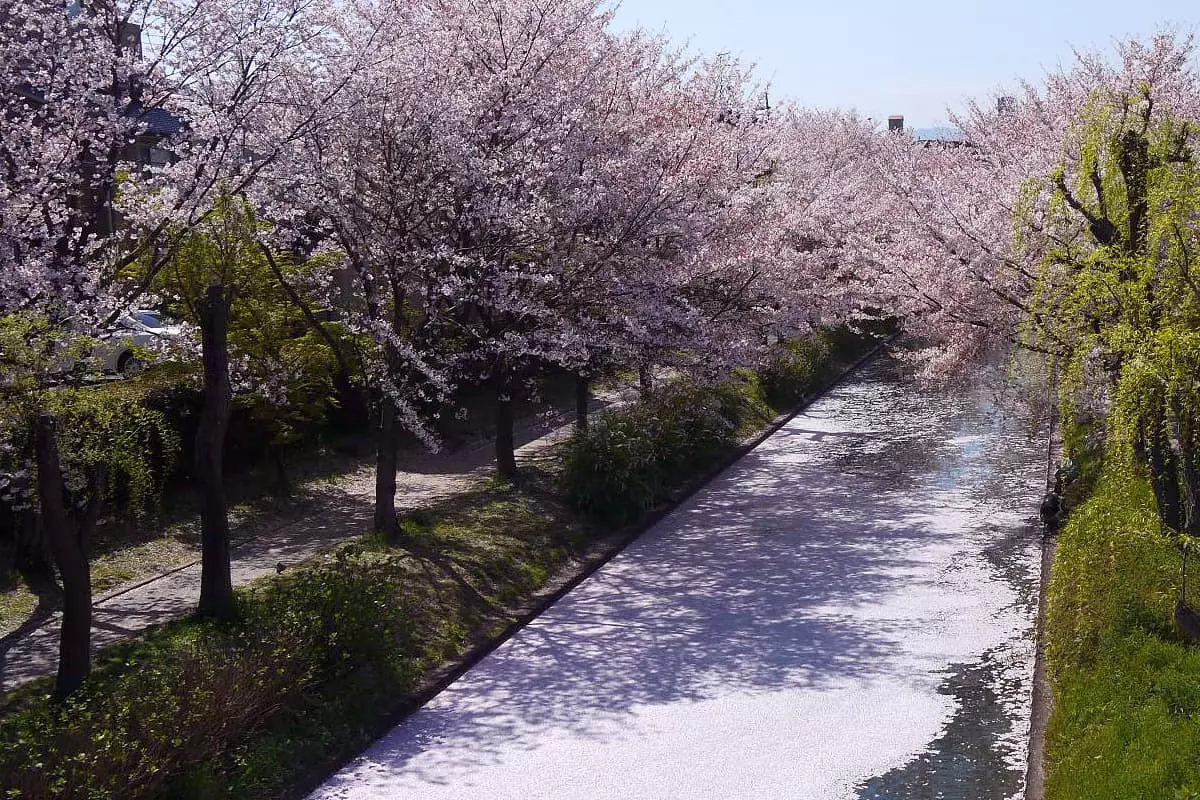
About Inui-kura
From October until the spring of the following year, we brew sake in a special place called Inuikura. We named this place “Inuikura” because it is northwest of our brewery’s main location (Yamazaki-cyo, Fushimi, Kyoto), and “Inui” in Japanese means “northwest”. As you might know, sake brewers rely on the powers of koji mold and yeast to brew sake. In Inuikura, you can see these powers first-hand.
It is said that Japanese sake has reached its current form after evolving for over 1000 years. Much has happened during this millennium. Brewing tools have evolved, processes once done by hand are now done by machines, and the ancient knowledge passed down from one brewmaster to the next have been demystified through science. However, the basics remain unchanged: koji mold and yeast turn starch into sugar, which in turn becomes sake through fermentation. Ultimately, what we can do as brewers is merely to provide an ideal environment for these microorganisms to do their work.
Kitagawa Honke is a place where modern equipment and new techniques meet expert human brewers. With these resources, we are working hard to supply truly high value Japanese sake to our customers.
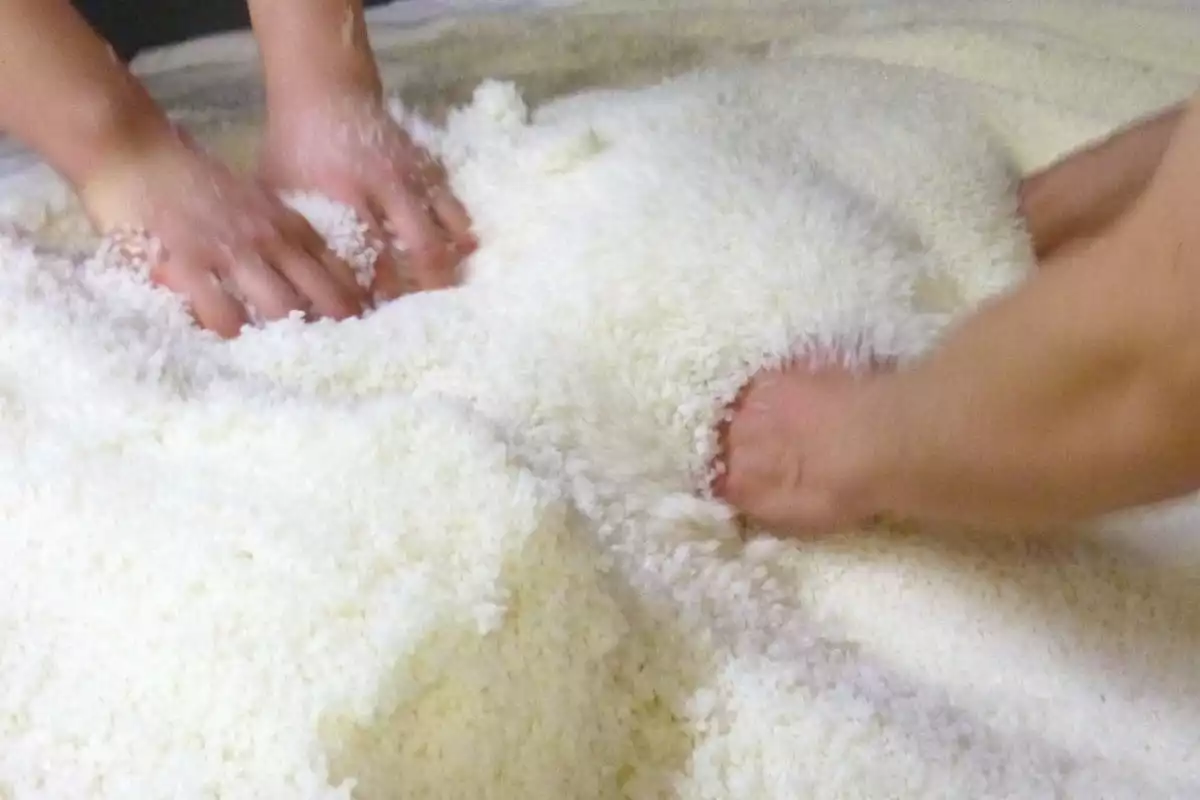
In Japanese, the proverb “wajo ryoshu”, has two meanings: “harmony makes great sake” and “sake nurtures harmony”.
The former pays homage the strenuous work involved in traditional sake brewing methods. Sake brewers haul heavy sacks of rice to a water source, where they wash it by hand in the frigid water. This labour intensive process, which requires seamless teamwork between brewery workers, is what leads to great tasting sake. Thus, it is said that sake brewers’ harmonious relationships are vital ingredients for making high quality sake.
The latter alludes to how sake contributes to creating harmony in society, even outside of the brewery. Sake connects many people: the hardworking farmers who grow the rice, the passionate brewers who put their hearts into every batch of sake, and the knowledgeable merchantmen who help sake reach more customers. Sake creates and nurtures harmonious relationships among people from all walks of life.
With these ideals in mind, we believe in having good people on our brewing team. For all the staff at Kitagawahonke, making quality sake is just as much of a priority as food safety, corporate social responsibility, and meeting our customers’ needs.
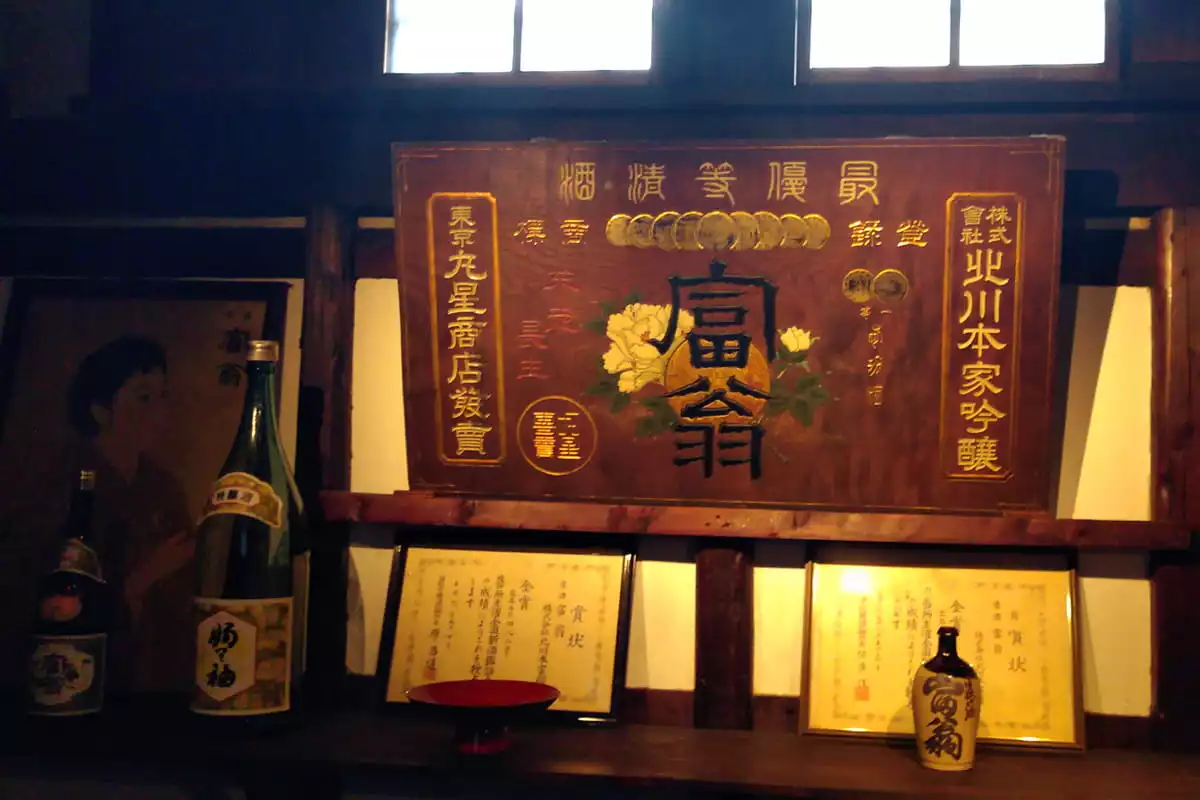
About the Founding of Kitagahonke
It is said that at the beginning of the Edo period, our founder and first generation owner Shiroube operated a boathouse named Funaya by the Uji river (part of the Yodo river) near Bungo bridge (now known as Kangetsu bridge).
He began brewing sake so he could serve it to his customers. In 1657, the Edo Shogunate enacted the sake-kabu, or sake brewing license policy that only permitted licensed breweries to produce and sell sake. At the time, there were 83 licensed breweries in Fushimi in total. As a representative of Fushimi-brewed sake, the sake from Funaya traveled down the Yodo river on carrier ships to Osaka. From there, merchants shipped it to Edo, where it captivated the taste buds of sake lovers in eastern Japan. Unfortunately, since there are no official historical records from before this time, Kitagawa Honke’s year of establishment is set as 1657.
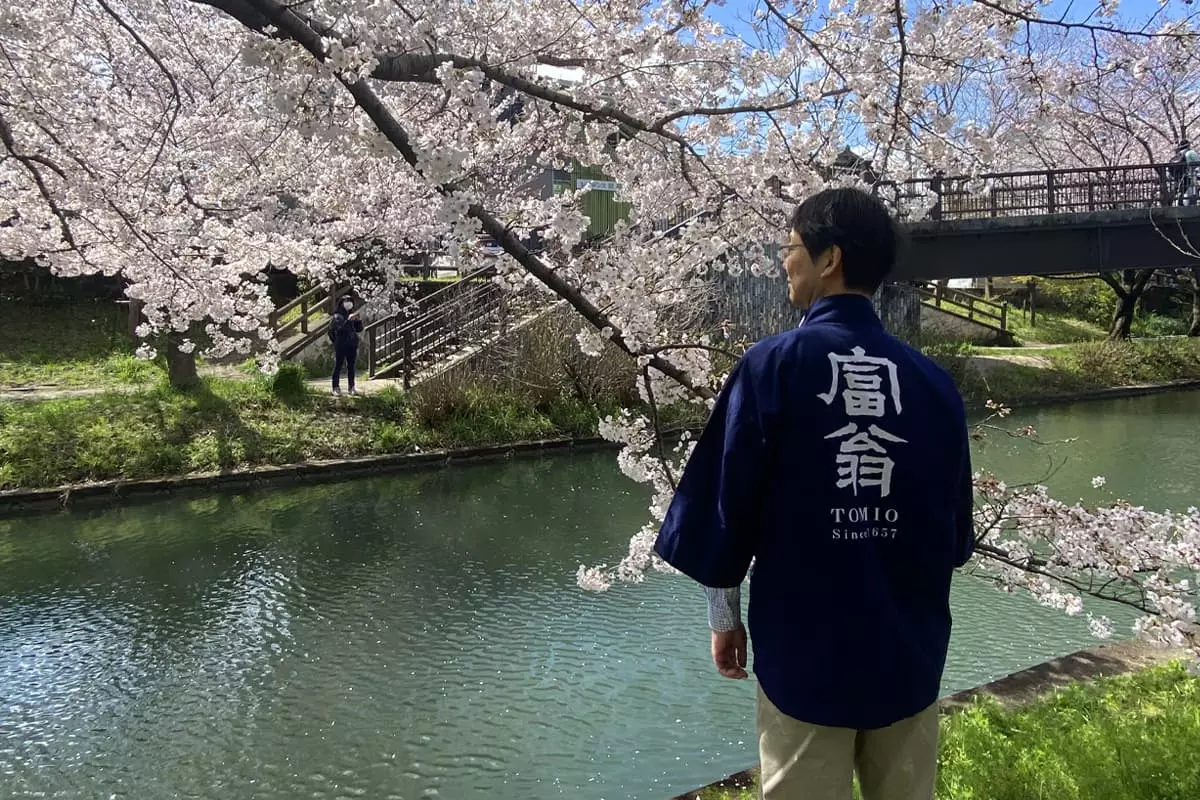
KITAGAWAHONKE PRODUCTS
Kitagawahonke
Kitagawahonke
Kitagawahonke
Kitagawahonke
Kitagawahonke
Kitagawahonke
Kitagawahonke
Kitagawahonke
Kitagawahonke
Kitagawahonke
Know more about the brewery
KITAGAWAHONKE has a long history that stretches back to the Edo period in 1657.

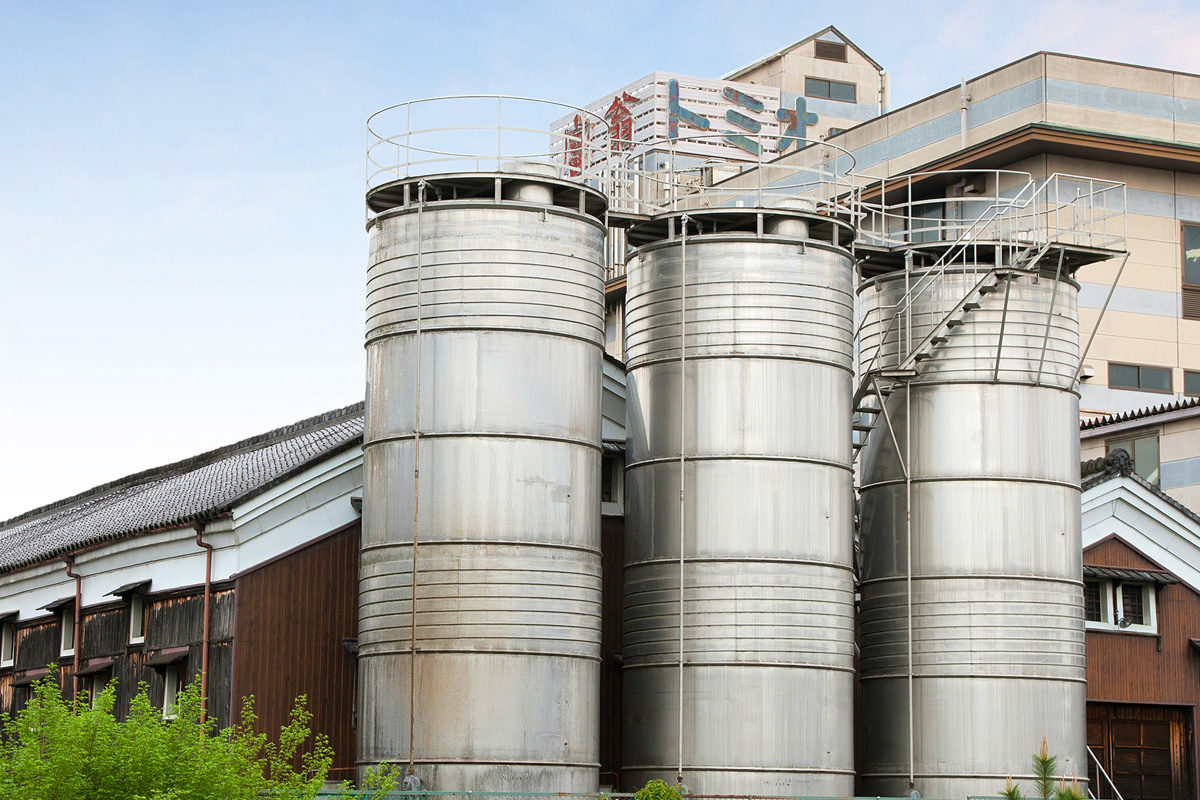
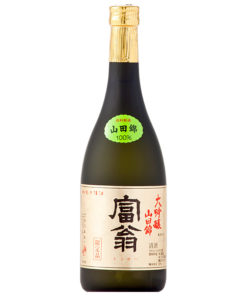
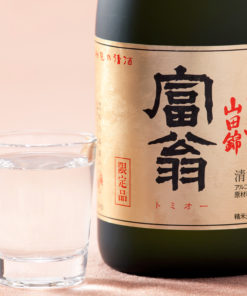
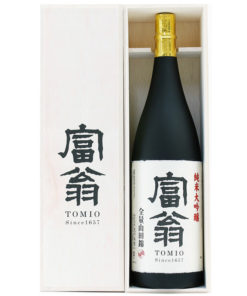
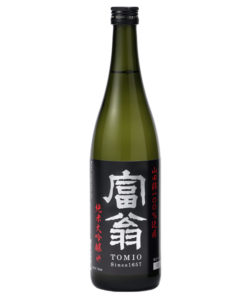
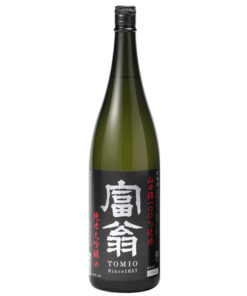
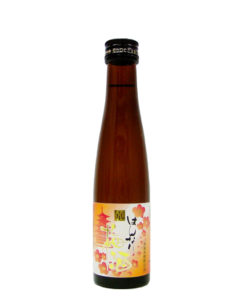

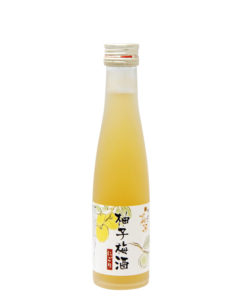
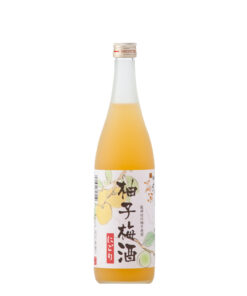
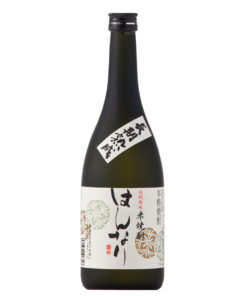
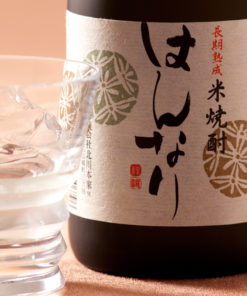
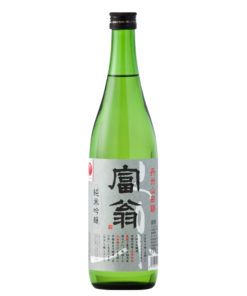
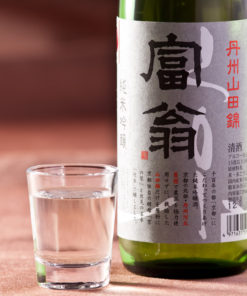
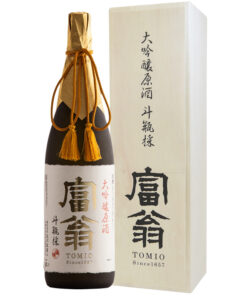
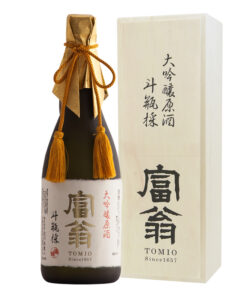
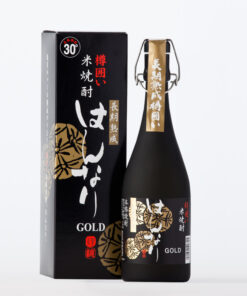
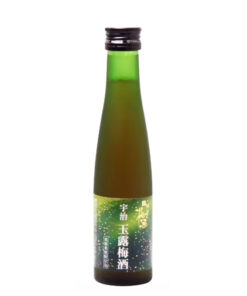
RECOMMENDED ARTICLES
SAKE & FOOD PAIRING
Pairing SAKE with Chocolate?
Information Pick Up SAKE
CHOYA’s Gold Edition Umeshu has Finally Arrived in Canada!
SAKE & RESTAURANT
Guu Davie
Sake article kanpai!
Sake Fest Vancouver 2017